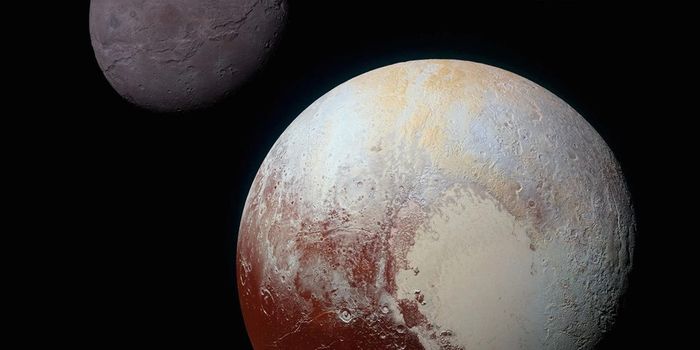Converting rubber tires into graphene...to put into cement?
New efforts to make more eco-friendly concrete involve the addition of graphene, according to a study recently published from Rice University in the journal Carbon. Chemist James Tour, who worked on the research, explains why there is a need for waste from rubber tires to be recycled for exactly this purpose.
"Concrete is the most-produced material in the world, and simply making it produces as much as 9% of the world's carbon dioxide emissions," Tour notes. "If we can use less concrete in our roads, buildings, and bridges, we can eliminate some of the emissions at the very start."
Graphene, already touted as one of the strongest materials out there, is composed of a single layer of carbon atoms arranged in a two-dimensional honeycomb lattice. Unfortunately, as the authors point out, “Most conventional production processes for graphene are time-consuming, solvent-intensive, and energetically demanding.”
Thus came the idea from the Rice researchers to reclaim landfill-destined rubber tires to make graphene and ultimately reduce carbon emissions.
But how can a rubber tire be turned into graphene, which is then added to concrete? The researchers utilized a “flash” process (also known as flash Joule heating) involving a jolt of electricity to shredded rubber that strips away everything, leaving only carbon atoms. The process was shown to be able to convert roughly 47- 70% of the material to turbostratic graphene.
In testing, the concrete with tire-derived graphene showed gains of 30% or more in compressive strength. "This increase in strength is in part due to a seeding effect of 2D graphene for better growth of cement hydrate products, and in part due to a reinforcing effect at later stages," stated Rouzbeh Shahsavari of C-Crete Technologies, who also worked on the research project.
“From a materials perspective, flash Joule heating offers a facile and inexpensive method for producing high-quality turbostratic flash graphene from rubber waste materials, which would otherwise be disposed of in landfills or burned for fuel,” conclude the authors. “Flash Joule heating allows for upcycling of low-value rubber waste into high-value carbon nanomaterials for use as reinforcing additives.”
Sources: Carbon, Eureka Alert








